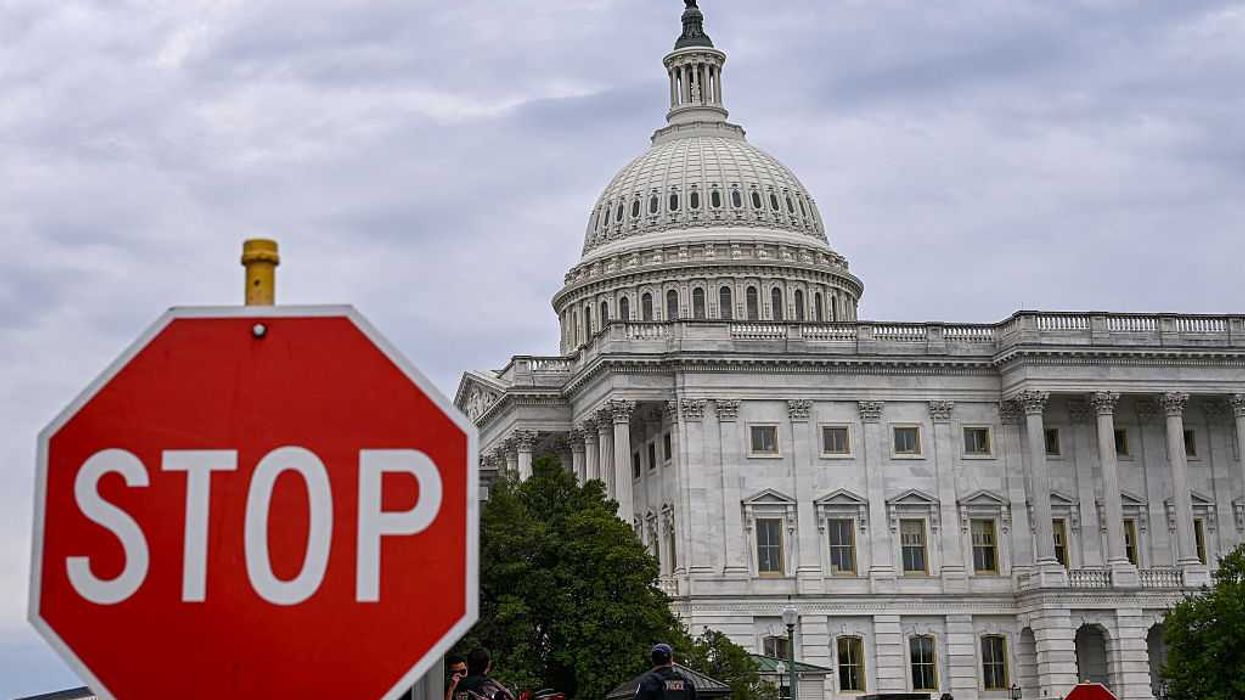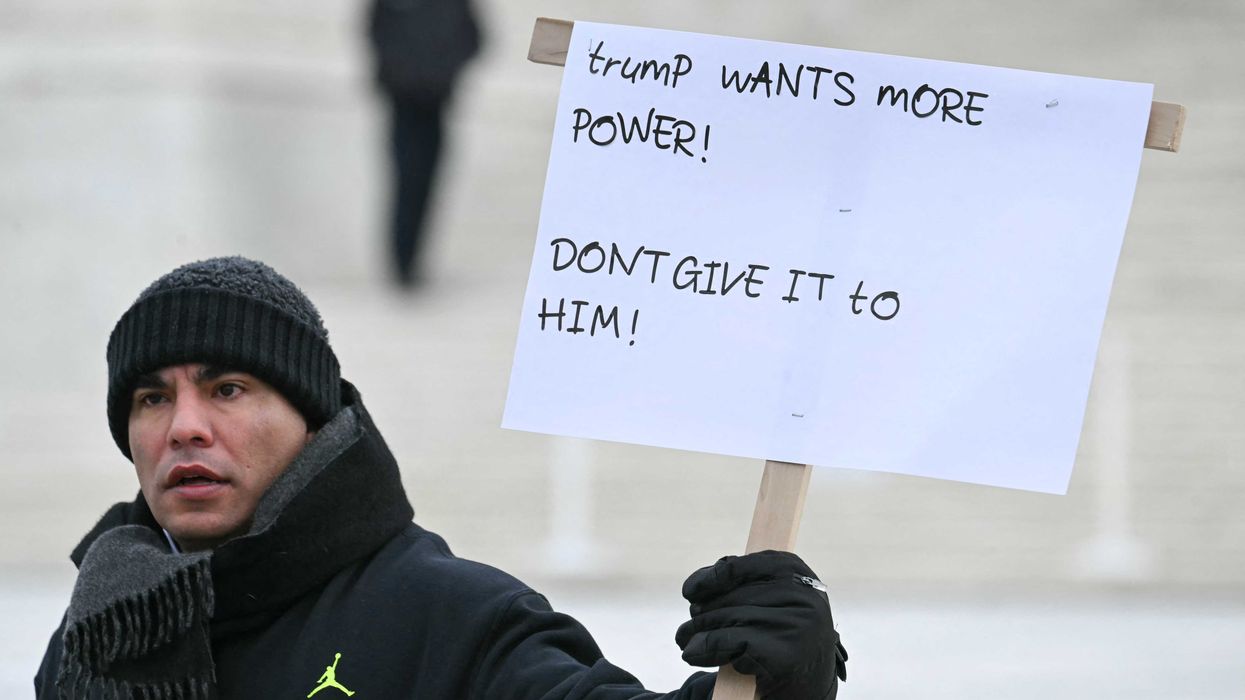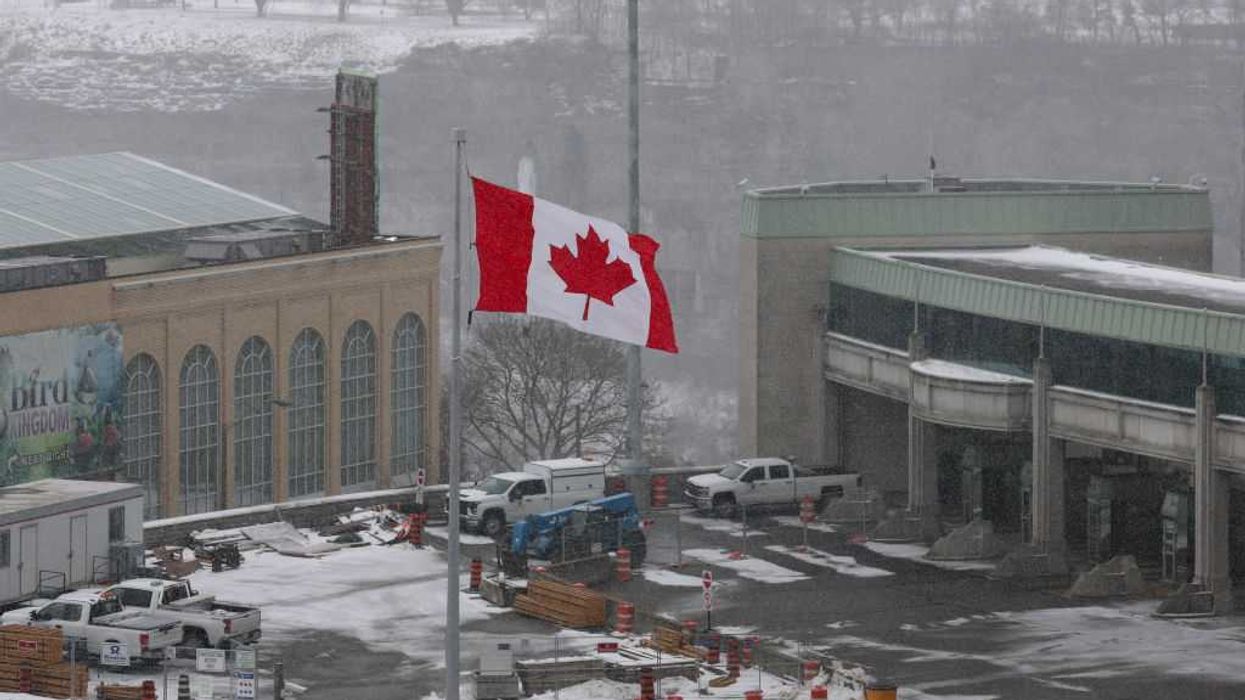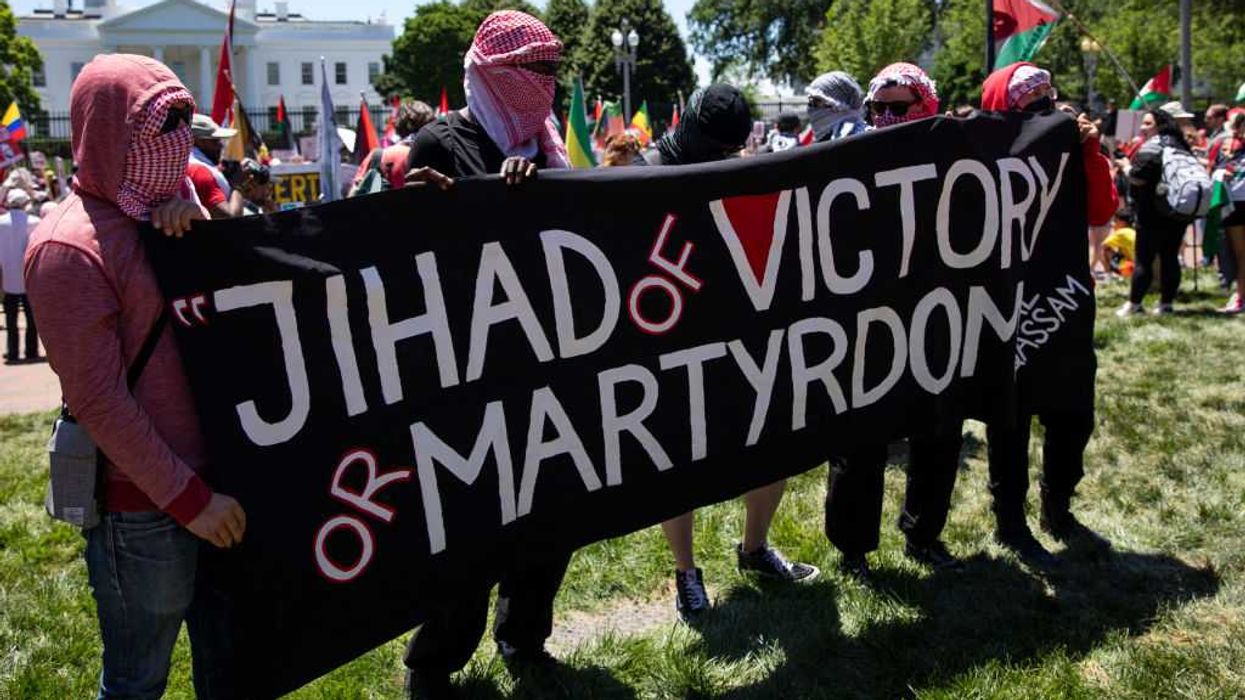Hello again friends!
Have you heard Glenn advising us to find “our people” and live in communities of like-minded people? Well, that got me thinking:
We can’t know if our neighbors are like-minded if we don’t know them at all.
According to Pew Research Center, only 26% of Americans say they know most of their neighbors. 57% of us know some of our neighbors. Out of those of us who only know some of our neighbors, 66% of us would feel comfortable leaving keys with our neighbors in an emergency.
So, most of us know some of our neighbors, but less of us really trust them.
Maybe we don’t trust our neighbors because they’re crazy. (If so, maybe make like a Californian and move.) Or maybe we don’t trust them because we don’t really know them.
Social events among neighbors are very rare. I don’t know if it’s because we don’t have the time, interest, or money (Fun fact: wealthy people have more neighborhood gatherings,) but we just aren’t partaking in the community picnics of yester-year.
If local communities are the heart of America, then our body politic needs a pacemaker.
If local communities are the heart of America, then our body politic needs a pacemaker.
That is not ideal. Localization is the solution to globalization, and we can’t bolster our local communities if we don’t even know the people in them. I know it may seem too small for such a big problem but meeting your neighbors may be the next best step for resisting tyranny.
This is a hard one for me. Maybe you relate. I think that knowing my neighbors is a great idea in theory, but I just don’t put the effort in to make it happen. Or at least I didn’t until a year ago.
I loved my neighbors growing up, but then I moved away from home and was a renter. Building a community just didn’t seem worth the effort because, hey, I was moving soon anyway. Then I bought a house, and that totally changed. Suddenly, my husband is out mowing the neighbor's grass, giving out our phone number, and signing us up for the neighborhood potluck event. Honestly, I was a little *eye-roll* about it at first. But I knew it was right.
I hadn’t made the effort to really know my neighbors because, honestly, I didn’t see how it was worth my time. I couldn’t quantify what I would gain from it. Luckily I had a husband who pushed me to do it anyway, so I have that “hindsight is 2020” vision.
Turns out that participating in my community gave me a real sense of meaning. I walked through my neighborhood like I really belonged there–like I knew my place. I found that caring about things makes them more enjoyable. This was MY community, and I loved it. Not to mention, I learned my neighbors are pretty cool. Sure, we have the couple with the crazy kids they can’t keep track of, or the old neighbor who tells the same story from the war over and over, and don’t even get me started about the lady who asks if your mower is broken (when she knows darn well it isn’t) just to remind you to mow your grass. But all in all, my neighbors were nice. They watched the house when we were gone, and brought over their leftovers, and offered us a generator when the power went out after a storm.
Turns out that participating in my community gave me a real sense of meaning.
One time, a man who was on some kind of crazy drugs danced up onto my neighbor's porch in the middle of the day and promptly began to take off his clothes. Suddenly, everyone on the block was out to monitor the situation. Our neighbor was on the porch at the time when the dancing man came up (who we later found out was named Lenny.) I called his wife who was about to drop off the kids at home and told her to wait. Meanwhile, our other neighbor went around back to make sure the toddler inside the house didn’t come out to meet Lenny. My husband walked over to the porch to subdue Lenny (and convince him to maybe stop taking his clothes off,) and with the help of some other neighbors, he convinced Lenny to go ahead and move off the porch. Every neighbor sat on the porch until it was over. Some for the excitement (it was a small town,) but most because they wanted to make sure our neighbor wasn’t in danger.
(Lenny was quite the unpredictable dude, as you can imagine.)
That’s the power of having good neighbors, they take care of each other. The story of Lenny, thankfully, ended up being a funny one, but it taught me that our neighbors have each other’s back.
Not all of us are going to be best friends with our neighbors, host the block party, or mow our neighbor's grass every week, but I bet all of our lives, and our communities would be better if we tried just a teeny-tiny bit harder to be a good neighbor.
What does that look like?
If you don’t know them, introduce yourself.
Not a door-to-door with warm cookies kind of neighbor? Me neither. So, I joined local boards and committees and got involved in local government. It was more my style. My husband, on the other hand, organized potlucks and just walked up to neighbors on the street and struck up multi-hour conversations. Knowing how we connect with people helped us meet our neighbors in the spaces we feel the best in. It made it easier.
Do something for your neighbor — or at least offer to.
Do you have an elderly neighbor who clearly could use a chat?
Sit down and chat sometime.
Neighbor lost their dog again?
Help find it.
Have some things you are going to throw away or donate?
Why not offer them to your neighbors first?
Try doing a few small things for your neighbors, just because they are your neighbors.
Don’t beat yourself up for not being the HOA president. Just try something.
It doesn’t have to be grand and time consuming. I know a lot of us are busy and have SO much going on in our own lives. Don’t beat yourself up for not being the HOA president. Just try something.
Maybe you will find that all your neighbors totally suck and would absolutely never have your back in an emergency. Well, that would be good to know, right? You may want to consider investing your time in another community. Maybe that means picking up and moving, but even if you can’t physically move (which I relate to,) you can dive into another group of like-minded people through clubs, religious gatherings, or even your workplace.
But what if your neighbors actually rock, or even just one of them does? What if creating a bit of stability and peace in the chaos makes your life better? What if it makes everything a little better?
I just moved to Texas and had to leave my sweet community (the ones from the Lenny situation) behind. So, I, perhaps like you, am meeting my neighbors for the first time. I started by saying Hi to people I passed on my walks and petting everyone’s dogs (the perfect icebreaker.) You have to do it your way. But, because local solutions solve global problems, I highly recommend you give it a try.

 ALEX WROBLEWSKI / Contributor | Getty Images
ALEX WROBLEWSKI / Contributor | Getty Images
 JIM WATSON / Contributor | Getty Images
JIM WATSON / Contributor | Getty Images Joe Raedle / Staff | Getty Images
Joe Raedle / Staff | Getty Images AASHISH KIPHAYET / Contributor | Getty Images
AASHISH KIPHAYET / Contributor | Getty Images